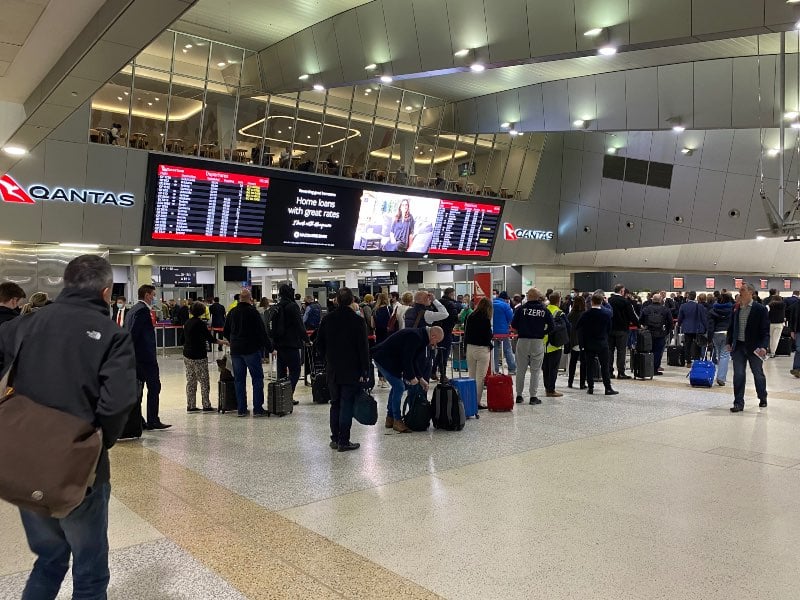
Earlier this year, Qantas CEO Alan Joyce infamously blamed inexperienced and “not match fit” customers for lengthy delays at airport security checkpoints.
“I went through the airports on Wednesday and people forget they need to take out their laptops, they have to take out their aerosols,” Joyce told the Sydney Morning Herald during the Easter holiday travel chaos.
Joyce later backtracked on these comments, and it turns out that the main reason for the long security lines during the Easter holidays was insufficient airport staff.
But in a way, Joyce does have a point. Airport security can be confusing – even for frequent flyers who are “match fit” – because every airport has different rules and requirements. In fact, the rules can be different even in different terminals of the same airport!
For example, at Melbourne’s domestic terminals, you can leave liquids inside your bag but still need to remove laptops and aerosols before your bag is x-rayed. In Canberra and (since last month) Sydney’s domestic terminals, it’s no longer necessary to remove your laptop from your bag before it is scanned. But if you’re travelling from Sydney or Melbourne on an international flight, you will need to remove any liquids from your bag and ensure they’re under 100mL.
Different airports around Australia also have different rules about whether you need to remove iPads from your bag, whether you should take off your jacket or belt, whether your laptop needs to be taken out of its case and placed in a separate tray, and so on. In fact, it seems that the security screening requirements are slightly different at just about every airport in Australia. When you travel overseas, the rules in each airport and country change yet again.
Last week, I observed the long security line at Melbourne Airport getting held up multiple times because travellers hadn’t removed aerosols from their bags. Their bags needed to be re-screened and a security staff member felt it necessary to bark at both the offending passengers and their colleagues who apparently failed to tell them to remove their aerosols, holding up the queue.
At Lisbon Airport, I was recently told off for removing my laptop and ordered to put it back in my carry-on bag. I thought I was doing the right thing, but apparently laptops at that particular airport don’t need to be placed in a separate tray any more. That’s nice, but it would be even nicer if they bothered to inform passengers of this!
When travelling in the United States, the security requirements at most airports are very strict. Liquids and aerosols, computers, iPads, belts, jackets and even your shoes all generally need to be removed and scanned through the x-ray machine. But even in the US, the requirements aren’t consistent: in Los Angeles, for example, you can now keep computers and liquids in your bag and don’t need to remove your shoes.
It would make life a lot easier for travellers – in turn, making security queues move faster – if every airport had consistent requirements for travellers clearing security. Since this idea is obviously a fanciful utopia that will never happen, clear and consistent signage at the entrance of every airport security checkpoint would be the next best thing.
Clear signposting needed at airports
Currently, most airports rely on security screening staff yelling at passengers to communicate what is expected of them. But would it really be that hard for airports to place clear, consistent signs at the entrance of every security checkpoint explaining exactly what passengers do and don’t need to do?
For example, a simple sign like this at the entrance of the security checkpoint at the Qantas domestic terminal in Melbourne Airport would be helpful:
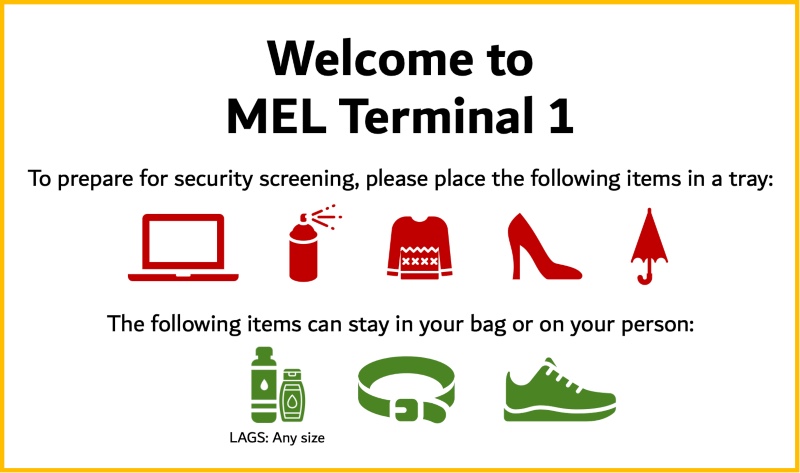
Variations of these signs could be used at airports all over the world. For example, a sign like this could be used at Lisbon Airport in Portugal:
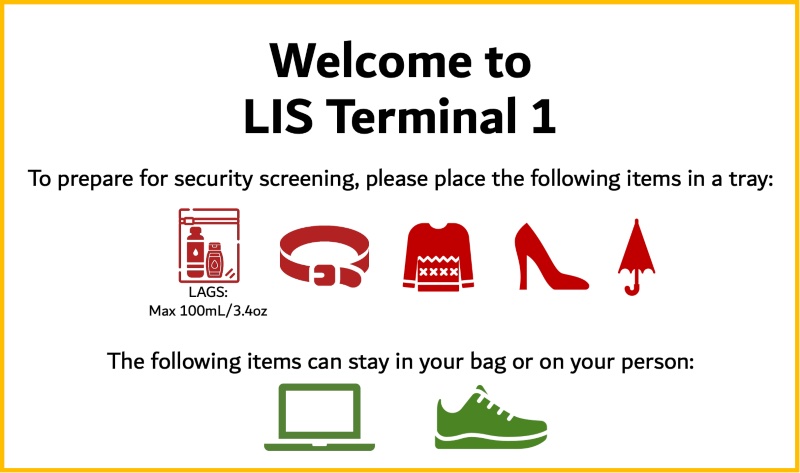
Not everyone passing through an airport is a frequent flyer. Others may be visiting from overseas and may not speak English. So, clear, universal signage with pictures and colours would be very helpful to travellers and speed up the entire process for everybody.
This concept seems incredibly obvious, but barely any airports around the world have implemented signage like this to date. With many airports around the world struggling right now with long security lines, surely anything that makes the process more efficient would be a good thing?
You can leave a comment or discuss this topic on the Australian Frequent Flyer forum.
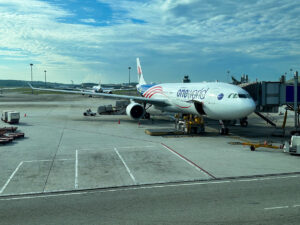
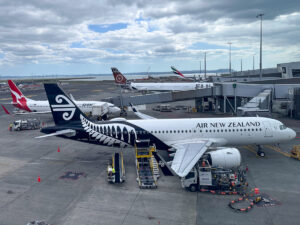


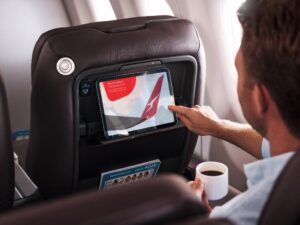
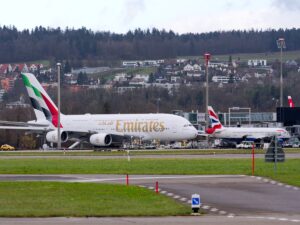



































































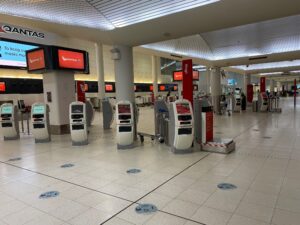
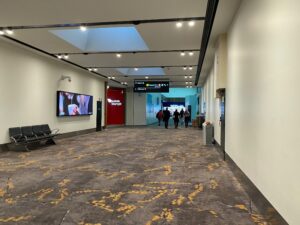
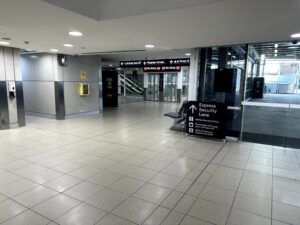





Community Comments
Loading new replies...
Join the full discussion at the Australian Frequent Flyer →